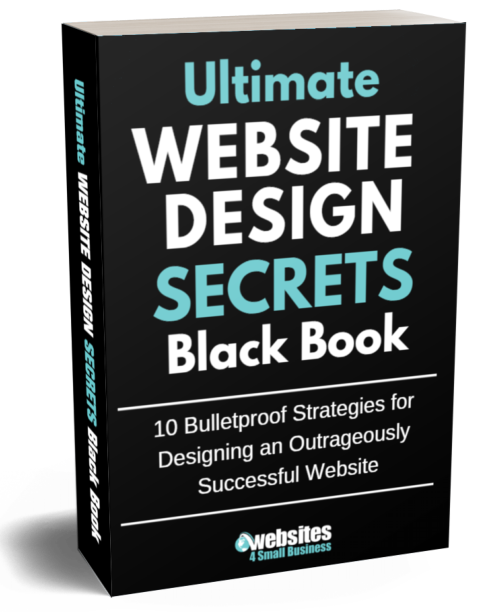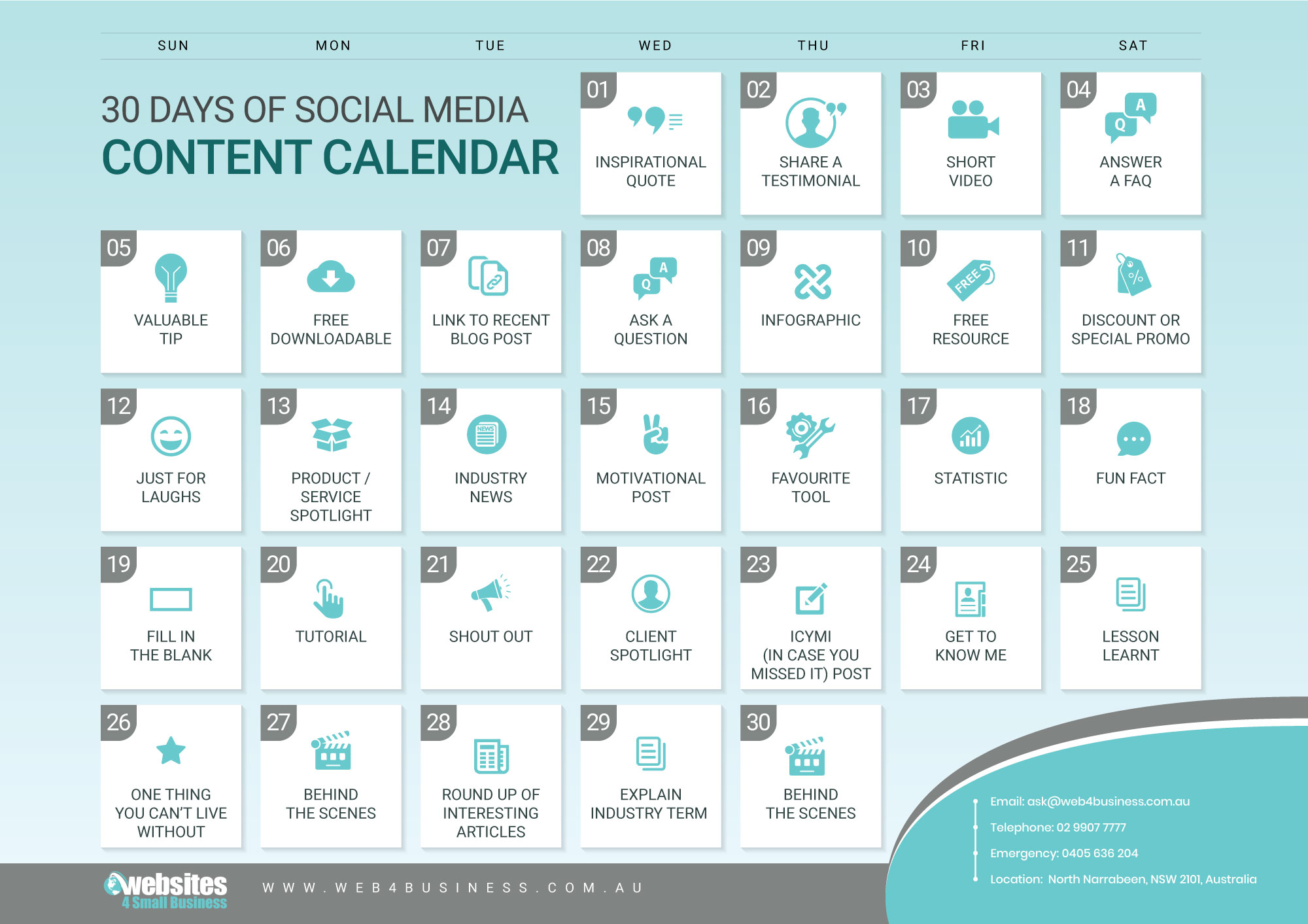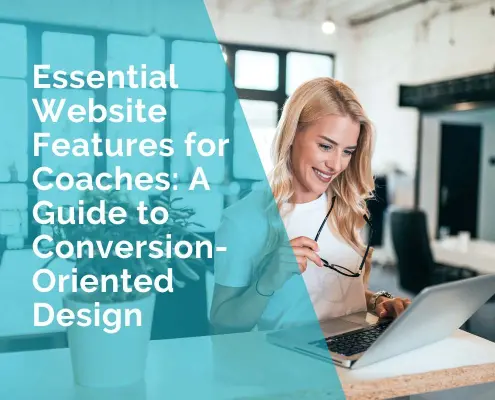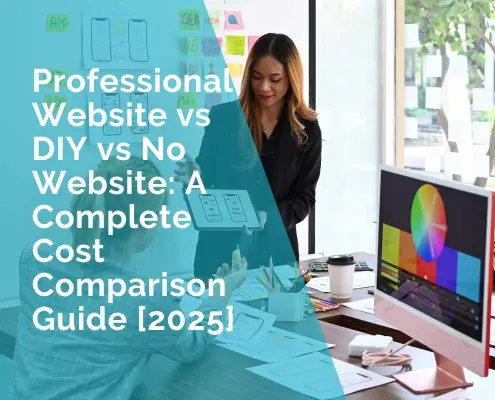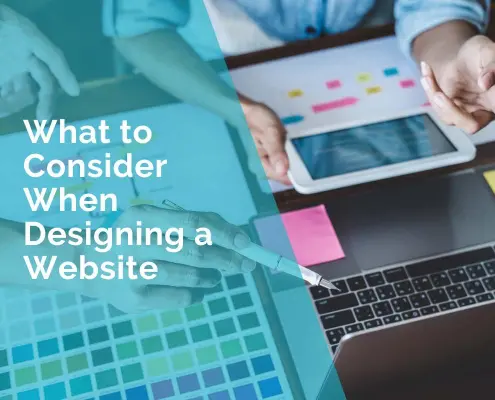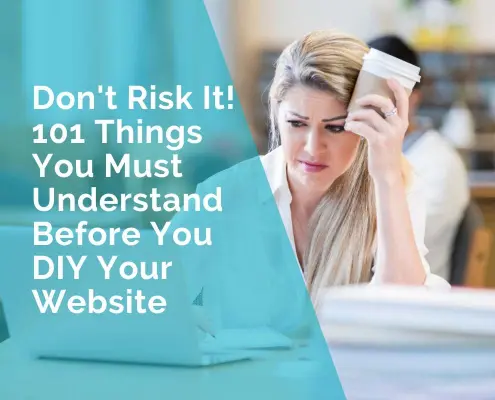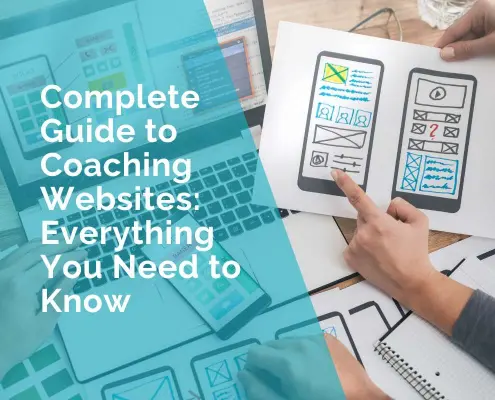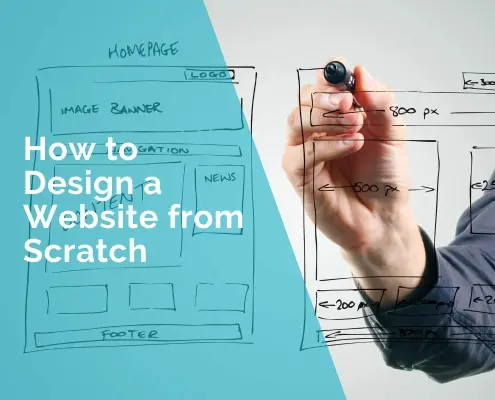7 Ways to Turn Your Website Into Customer Generation Machine
View 7 Ways to Turn Your Website Into Customer Generation Machine [INFOGRAPHIC]
Creating a successful website which not only brings a lot of leads, but also converts them into paying customers takes time and effort …
Having an effective website is not just about the perfect layout, it is also about the content and credibility. You need to prove to your leads and prospects that you are trustworthy and reliable and that you can solve their problems with your products and services. This can be done by answering their questions, providing useful information and regularly engaging with them via email, live chat and social media.
What’s the difference between leads and prospects?
A lead is an unqualified contact. He/she may have expressed some interest in your product or service but they have not yet been identified as fitting your ideal client demographic profile. The contact may have filled out a form on your website and downloaded a report or they may have subscribed to a webinar.
A prospect, on the other hand is a qualified contact, ie. someone that has been identified as a good fit for your products / services / offerings. An example of a qualified prospect is someone has shown interest in your service and is ready to sign a contract.
The fact that the contact has not yet signed up for your services or purchased your products, means you have not yet convinced them your business / product / service is right for them and you still have some work to do.
How to Convert Visitors into Customers
In order to convert leads and prospects into paying customers, consider the following:
1. Capture Email Addresses
98% of visitors won’t buy from you on the first visit, so it is important you capture their details and then stay in touch to build trust and credibility.
This can be done via a pop-up or inline form linked to your favourite email software.
“Subscribe to our Newsletter” doesn’t work anymore. You will need to give your visitors a reason to leave their details, so offer them something that provides value and a possible solution to their problem, such as:
- a downloadable report with tips
- checklist
- worksheet
- quiz
- guide
- mini training series
- competition
When you are first starting out in business, set up a simple automated system, that delivers autoresponders / newsletters to your customer’s inbox regularly. Ideally your messages should be sent the same time every day / week / month.
Tools to use:
- Mailchimp
- GetResponse
- AWeber
- Active Campaign
- Constant Contact
When your business is more established, you will want to consider setting up more sophisticated automations and workflows, which allow your visitors to choose their journey with you.
For example, you can set up a system whereby you send out an email and if a contact, opens it and reads it, you send them follow up email A.
However, if the subscriber doesn’t open the email, you can follow up a few days later with email B.
If they open, read your message and click on a link you sent them email C.
These types of automations tend to convert better as they are tailored based on your subscribers’ actions.
Tools to use for automations include:
- Infusionsoft
- Sendinblue
- AgileCRM
- GetResponse
- Drip
2. Engage via Live Chat
Answer your visitors’ questions and address their concerns when they arrive on your website by providing “Live Chat.
Live chat is a lot cheaper than phone support and allows you or your team members to multitask and assist several visitors at once.
Your website visitors benefit by having instant access to salespeople and support staff. When visitors can contact you with concerns, they will have more confidence in your company.
Check out:
- Zendesk Chat
- LiveChat
- Slack
- Zoho Desk
- Pure Chat
3. Include Booking Calendar
If you are a service provider, such as a business coach or consultant, allow people to schedule a phone or zoom call or appointment with you at a time that suits them.
You will save a lot of time managing your schedule and increase your productivity by not having to do this manually or paying someone to manage your appointments.
Set up reminders for your customers to ensure they don’t forget and arrive on time.
Online calendars allow you to set days and times when you are available. You can block days and times when you are busy or away. They take into consideration different time zones and daylight saving times.
There are many great apps and plugins which allow easy scheduling to be integrated into your website:
- vCita Appointment Scheduling
- Calendly
- ScheduleOnce
- Accuity Scheduling
- MindBody
- 10to8
4. Get Social
Set up social media profiles on networks where your target audience hangs out and include links or feeds to your social networks on your website, so your visitors can follow you.
Make sure you update each profile regularly – that way your visitors get to know you, like you and trust you. You will find many services which allow you to schedule posts, so you can pre-plan your social media postings.
Check out: Hootsuite, Buffer, Meet Edgar and Post Planner.
Your posts should be engaging, entertaining or informative.
Here are some suggestions on what to post
- Inspirational quote
- Testimonial
- Short video
- Answer a faq
- Offer free download
- Ask a question
- Behind the scenes
- Fun fact
- Customer spotlight
- Industry news
- Quick tip
- Product spotlight
- Just for laughs
- Offer special promo
Download a free 30 Days of Social Media Postings Calendar
5. Don’t Sell – Be Helpful
Regardless of how you engage with your visitors, do NOT bombard them with a constant stream of sales emails and posts or your visitors will leave, never to be seen again.
Instead, be helpful in your messages and offer solutions to their problems, frustrations and help them avoid mistakes. By providing useful information you will position yourself as an expert in your field.
Suggestions on engaging posts or emails:
- 3 common mistakes you don’t know you are making
- 5 tips for successfully [overcoming] your [fear of heights]
- 7 questions I always get asked about [property renting]
- What you need to know about [organic products]
- The quickest way to [rank highly in Google]
- 3 proven ways to [increase your energy]
- WARNING: Do not [send another email] until you [read this]
It is important that you are consistent in your communication – if you do it manually, you will waste a lot of time and miss opportunities. Set up an automated system for your emails, messages or social media posts.
6. Add Calls to Action
When customers arrive on your website, you need to encourage them to take the next step towards you. Don’t assume they will know what to do – so show them.
Some effective calls to action include:
- Download a report / checklist / guide
- Enter a competition
- Sign up for a free webinar
- Schedule a consult
- Follow you on social media network
- Complete a quiz
- Access a mini masterclass
- Claim a discount / special promo
- Talk to us
Whenever you write any piece of content, ask yourself, where should the customer go next?
For example, if your page talks about a program that you offer, include a button to “Sign Up” or “Order” the program. Some people may be ready to take action after the first paragraph or two, while others will want to read more information, so include the button several times on each page
If you have written a blog post, think about what might be the next logical step for your reader. For example you can point them to the next relevant article which provides more details or you might want them to take a quiz based on the information provided. Make the “You May Be Also Interested In” or “Take a Quiz” button prominent.
For a complete list of possible action steps, check out 44 Powerful Calls to Action.
7. Include Testimonials, Reviews and Case Studies
Telling your customers that you offer great service, use the best ingredients or latest technology is meaningless unless these claims can be backed up by reviews, testimonials, statistics and case studies.
Testimonials and reviews are a form of social proof and one of the best ways to build your credibility. Make sure that your testimonials are:
- Filled with benefits
- Back up your claims
- From someone your audience can relate to
- Endorse key benefits of your product or service
Case Studies provide real life examples of how your business has helped customers solve problems or reach their goals.
To create an effective case study, make sure:
- It is written about someone your customers can relate to
- Explains the customer’s journey with you – ie. outline the problems they faced, the process you took them through and the outcome they reached
- Back up any claims with real statistics
- Present them in different formats, eg. video, written, audio / podcast, infographic
Check out 44 Powerful Ways to Build Trust with Your Customers.
Converting leads and prospects into customers doesn’t have to be difficult, providing you address all their concerns upfront and answer frequently asked questions about your business, products, services, offerings, programs and courses.
Make sure you are consistent in your delivery by setting up systems that will save you time and energy and test every aspect of your contact’s journey with you including:
- Headlines
- Email subjects
- HTML vs plain text
- Calls to action
- Days and times your messages / posts are delivered
- Content length
- Images / graphics
- Fonts / typography
- Navigation / button colours
- Content text
- Offers / deals
7 Ways to Turn Your Website Into Customer Generation Machine [INFOGRAPHIC]
